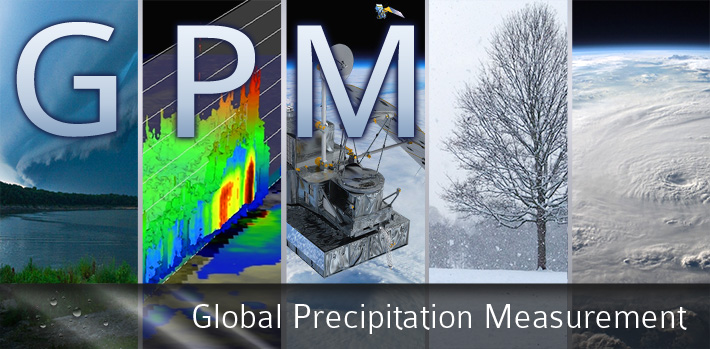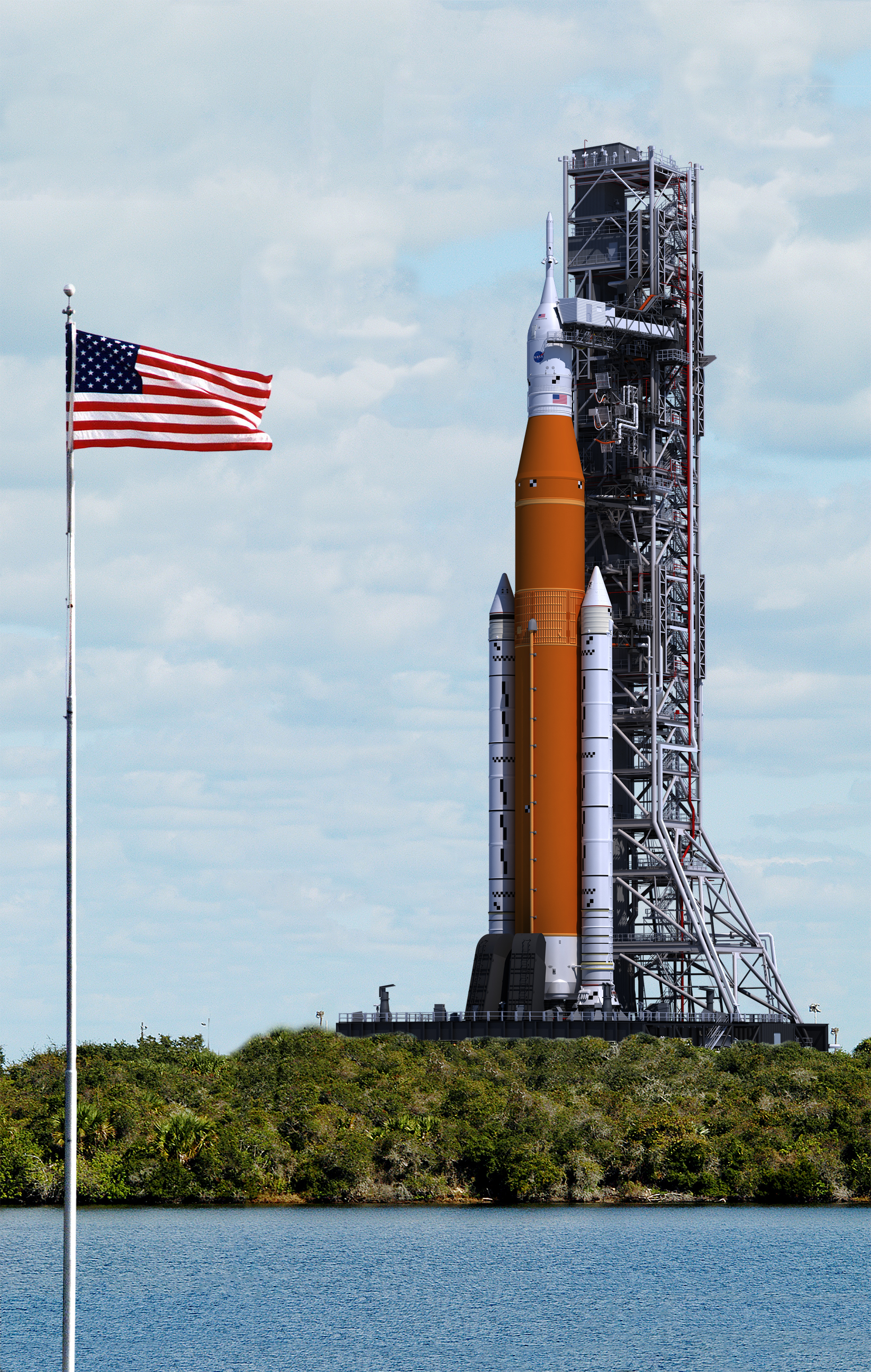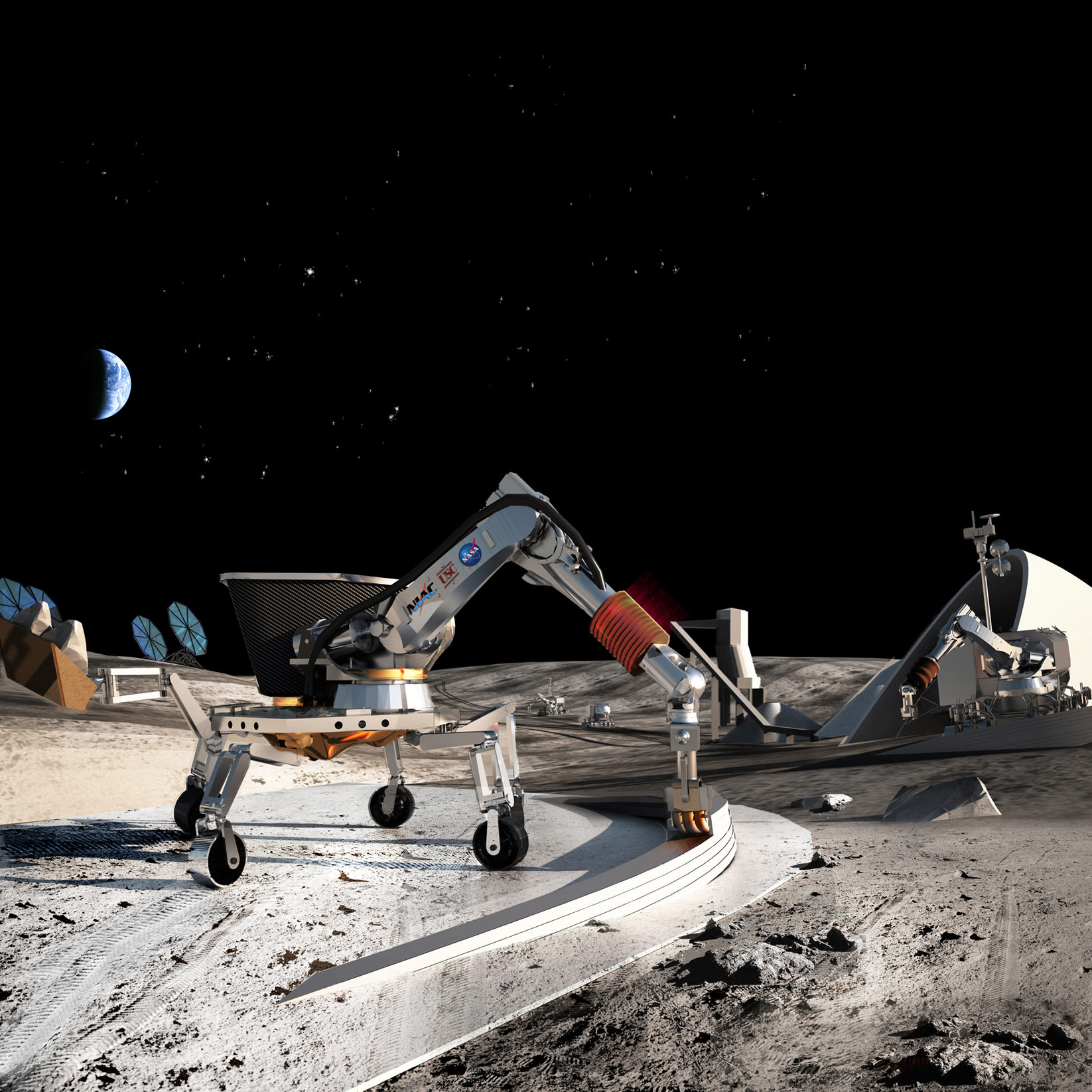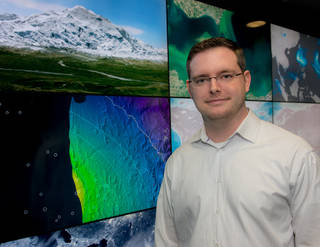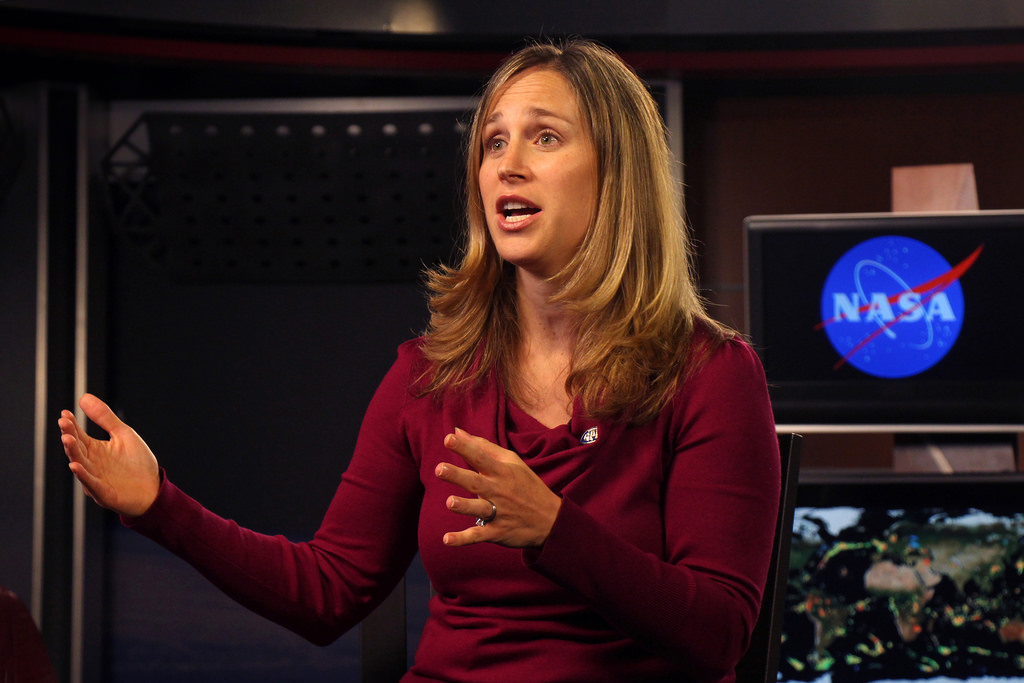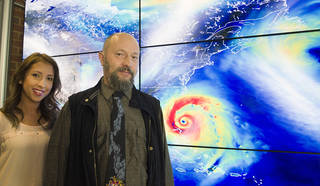Mechanical engineers design, develop, build, and test mechanical and thermal sensors and devices including tools, engines, and machines.
Environmental engineers use the basis of engineering, soil science, biology, and chemistry to develop solutions to problems in the environment. Some of their efforts involve recycling, waste disposal, public health, water and air pollution control.
Learn about how Janine Pollack, an Environmental Engineer, got her start at NASA and the kinds of work she does as an engineer.
Civil engineers design, develop, and construct community projects that serve the general public such as roads, bridges, damns, tunnels, water supply systems, etc. The designs include but are not limited to many fields such as hydraulics, thermodynamics, or nuclear physics.
A geotechnical engineer is a type of civil engineer who focuses on the mechanics of the land, rocks, and soils in the building process.
An environmental planner tries to minimize the environmental impacts of housing, industrial, and transportation-related construction projects.
Learn more about Alexia Harper, Mechanical Engineer at NASA Goddard Space Flight Facility's Mechanical Engineering Branch, the go-to place for the comprehensive development of instrument and spacecraft structures and deployment mechanisms.
Dr. Dalia B. Kirschbaum is a Research Physical Scientist in the Hydrological Sciences Lab at NASA Goddard Space Flight Center, Greenbelt, MD. Learn how she uses mathematics to investigate the interaction between the Hydrosphere & Geosphere.
Every day, scientists at NASA work on creating better hurricanes on a computer screen. At NASA’s Goddard Space Flight Center in Greenbelt, Maryland, a team of scientists spends its days incorporating millions of atmospheric observations.






.png)
.png)
.png)
.png)
.png)
